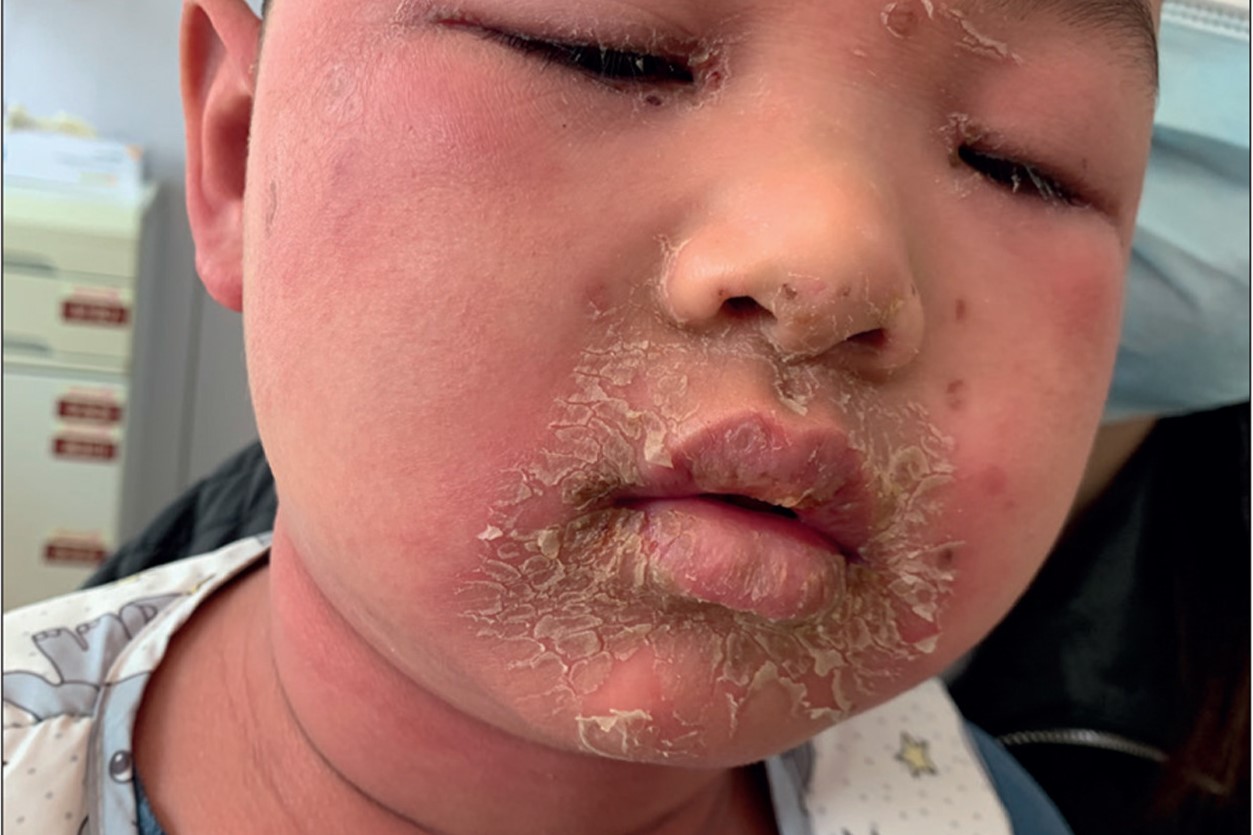
Danbolt–Closs Syndrome might sound like a complex medical term, but understanding it can be straightforward. This rare genetic disorder affects the skin, hair, and nails, leading to unique physical characteristics and health challenges. Caused by mutations in the COL7A1 gene, it results in fragile skin that blisters easily. People with this condition often have white hair patches and may experience dental issues. Despite its rarity, learning about Danbolt–Closs Syndrome helps in recognizing and supporting those affected. Let's dive into 25 intriguing facts about this condition, shedding light on its symptoms, causes, and treatments.
Key Takeaways:
- Danbolt–Closs Syndrome is a rare genetic disorder that affects the skin, hair, and nails. It can cause thickened skin, brittle hair, and malformed nails, and there is currently no cure.
- Families affected by Danbolt–Closs Syndrome can benefit from genetic counseling, support groups, and access to educational resources. Ongoing research aims to better understand the condition and develop new treatments.
What is Danbolt–Closs Syndrome?
Danbolt–Closs Syndrome is a rare genetic disorder. It affects various parts of the body, including the skin, hair, and nails. Let's dive into some intriguing facts about this condition.
-
Rare Genetic Disorder: Danbolt–Closs Syndrome is extremely rare, with only a few documented cases worldwide.
-
Inherited Condition: This syndrome is inherited in an autosomal recessive manner, meaning both parents must carry the gene for a child to be affected.
-
Skin Abnormalities: Individuals with this syndrome often have skin abnormalities, such as thickened skin or blisters.
-
Hair Issues: Hair may be sparse, brittle, or even absent in some areas.
-
Nail Problems: Nails can be malformed, discolored, or even missing.
Symptoms and Diagnosis
Understanding the symptoms and how doctors diagnose Danbolt–Closs Syndrome can help in managing the condition better.
-
Early Onset: Symptoms usually appear in infancy or early childhood.
-
Blistering: Blisters may form on the skin, especially in response to minor injuries.
-
Thickened Skin: Over time, the skin may become thick and hard, a condition known as hyperkeratosis.
-
Genetic Testing: Diagnosis often involves genetic testing to identify mutations in specific genes.
-
Biopsy: A skin biopsy may be performed to examine the skin tissue under a microscope.
Treatment and Management
While there is no cure for Danbolt–Closs Syndrome, various treatments can help manage the symptoms.
-
Moisturizers: Regular use of moisturizers can help keep the skin soft and prevent cracking.
-
Antibiotics: Antibiotics may be prescribed to treat or prevent skin infections.
-
Pain Management: Pain relievers can help manage discomfort caused by blisters and thickened skin.
-
Physical Therapy: Physical therapy may be beneficial for maintaining mobility and function.
-
Protective Clothing: Wearing protective clothing can help prevent skin injuries and blisters.
Genetic Counseling and Support
Families affected by Danbolt–Closs Syndrome can benefit from genetic counseling and support groups.
-
Genetic Counseling: Genetic counseling can help families understand the risks and implications of the condition.
-
Support Groups: Joining support groups can provide emotional support and practical advice from others facing similar challenges.
-
Educational Resources: Access to educational resources can help families stay informed about the latest research and treatment options.
-
Financial Assistance: Some organizations offer financial assistance for medical expenses related to the condition.
-
Advocacy: Advocacy groups work to raise awareness and support research for rare genetic disorders like Danbolt–Closs Syndrome.
Research and Future Directions
Ongoing research aims to better understand Danbolt–Closs Syndrome and develop new treatments.
-
Gene Therapy: Researchers are exploring gene therapy as a potential treatment for genetic disorders.
-
Clinical Trials: Clinical trials are being conducted to test new medications and therapies.
-
Stem Cell Research: Stem cell research holds promise for regenerating damaged skin and other tissues.
-
International Collaboration: Scientists around the world are collaborating to share knowledge and resources.
-
Patient Registries: Patient registries help researchers collect data and track the progress of individuals with the condition.
Final Thoughts on Danbolt–Closs Syndrome
Danbolt–Closs Syndrome, though rare, is a genetic condition that affects many aspects of a person's life. Understanding the symptoms, causes, and treatment options can help those affected and their families navigate the challenges. Early diagnosis and intervention are crucial for managing the condition effectively.
Support from healthcare professionals, genetic counselors, and support groups can make a significant difference. Staying informed and connected with others facing similar challenges can provide much-needed comfort and guidance.
Remember, while the journey may be tough, there are resources and communities ready to help. Knowledge is power, and being well-informed about Danbolt–Closs Syndrome can lead to better outcomes and improved quality of life. Keep learning, stay connected, and never hesitate to seek support when needed.
Frequently Asked Questions
Was this page helpful?
Our commitment to delivering trustworthy and engaging content is at the heart of what we do. Each fact on our site is contributed by real users like you, bringing a wealth of diverse insights and information. To ensure the highest standards of accuracy and reliability, our dedicated editors meticulously review each submission. This process guarantees that the facts we share are not only fascinating but also credible. Trust in our commitment to quality and authenticity as you explore and learn with us.
